When people meet for the very first time, the conversation often turns to work. I always enjoy hearing about what people do, and it’s usually eye-opening to step into another world for a little while. When someone learns that my job is designing and building guitars, I get a lot of questions—especially from non-musicians. They want to know if I work alone or in a factory, and for how long. Most folks ask if I have built guitars for famous people and they love to hear the names they recognize and admire. (Many are surprised that making musical instruments as a job is even “a thing.”) Still, “Do you play guitar yourself?” is the query I get the most, by far. And that question always gets me thinking about whether being a musician is an advantage or liability for a builder.
At the big companies, the person at the top is usually an administrator—not a musician or luthier. Even when small companies expand, they hire a president or CEO to steer the ship. Eventually, the top slot is often occupied by an accountant, in which case everyone onboard makes a mental note of where the life preservers are. The most famous examples of musically challenged heads of guitar brands were, of course, Leo Fender and Gibson’s Ted McCarty. These icons of our industry came from alternate realities compared to the working musician, but both were quick learners who relied upon close advisors who were musicians to translate the lingo for them.
Mr. Fender was a seat-of-the-pants engineer with an electronics and manufacturing background. Because he realized that solving the problems of musicians was paramount to the task of selling wares, Fender always solicited input from guitarists. That’s not to say he implemented everything suggested, but he certainly weighed each request and comment against what he was already doing.
Theodore McCarty came to Gibson at a time when the industry was changing along with new musical trends. His tenure there began just as the “electrified” guitar was beginning to become more widely accepted by musicians. Although Gibson’s early electrics were merely their tried and true acoustic jazz guitars fitted with magnetic pickups, McCarty recognized that more and more guitarists were flocking to the newer solidbody designs coming from Fender and others.
To get into the game, McCarty and his designers drew up a solid electric to compete, and got a guy named Les Paul to endorse it in 1952. That design, which still endures today, was basically a scaled-down version of Gibson’s classic shape. They didn’t need an Ouija board to come up with that. Still, barely five years later, McCarty and the crew up in Kalamazoo felt the pressure from musicians to step up and offer something as flashy as the colorful and sexy shapes available from Fender. I’m not sure if the draftsmen at Gibson consulted closely with their core, jazzer clients to come up with the responding volley, but the Gibson NAMM booth in 1958 included some rakishly angular alternatives to their traditional old-school stuff, with the Explorer and the Flying V. (It would be interesting to know whose suggestion created those two.) After about 100 examples of each were built, Gibson cut their losses because nobody wanted them.
Interestingly, after going home and licking his wounds, McCarty hired an automotive designer to style up a new batch of guitars, including the Firebird and the SG. Although today we think of these guitars as part of the classic-guitar pantheon, they didn’t sell so well at first either.
Whether the traditional designs that continue to dominate the market were products of collaboration with players or not, they certainly are the template for the cottage industry of small guitar-making shops. I used to think that being a young guitarist was advantageous, and many of the first so-called boutique builders did tout slogans such as “made by musicians, for musicians.” Today, that sort of posturing borders on the ridiculous. Guitarists continue to ogle instruments that are primarily clones of the 60-year-old designs penned by non-musicians.
So how can the ability to play guitar create a better product? Certainly, anyone with a pulse can distinguish that a Telecaster in butterscotch or a curly maple-topped PRS Les Paul copy with a striking sunburst is likely to sell. You don’t need to know chord theory to emulate a successful offset-body design and stock it with flavor-of-the-month pickups and hardware. At this point, it’s more valuable to me to have a lot of experience building for musicians than actually being one. The main advantage is that I don’t need a translator.
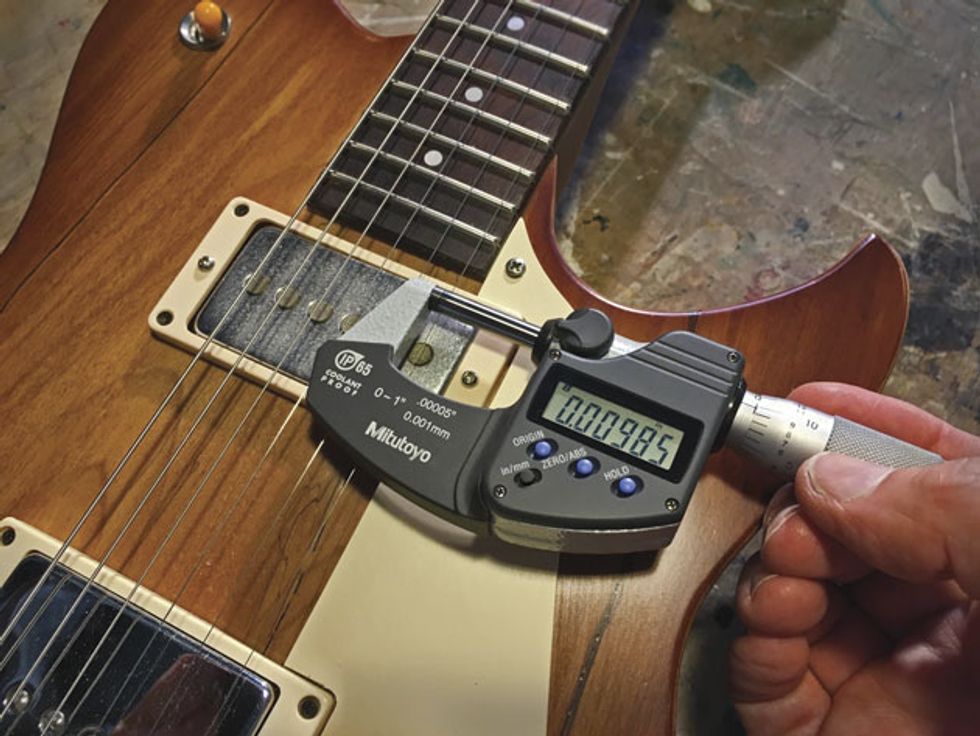





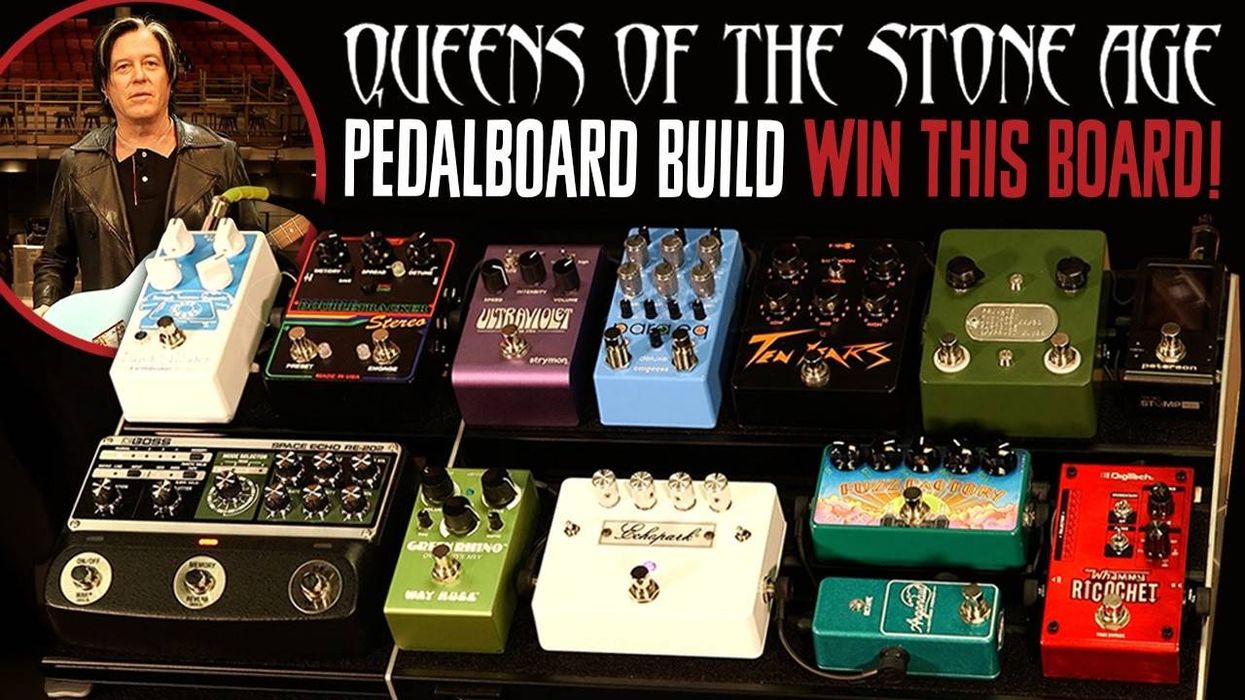
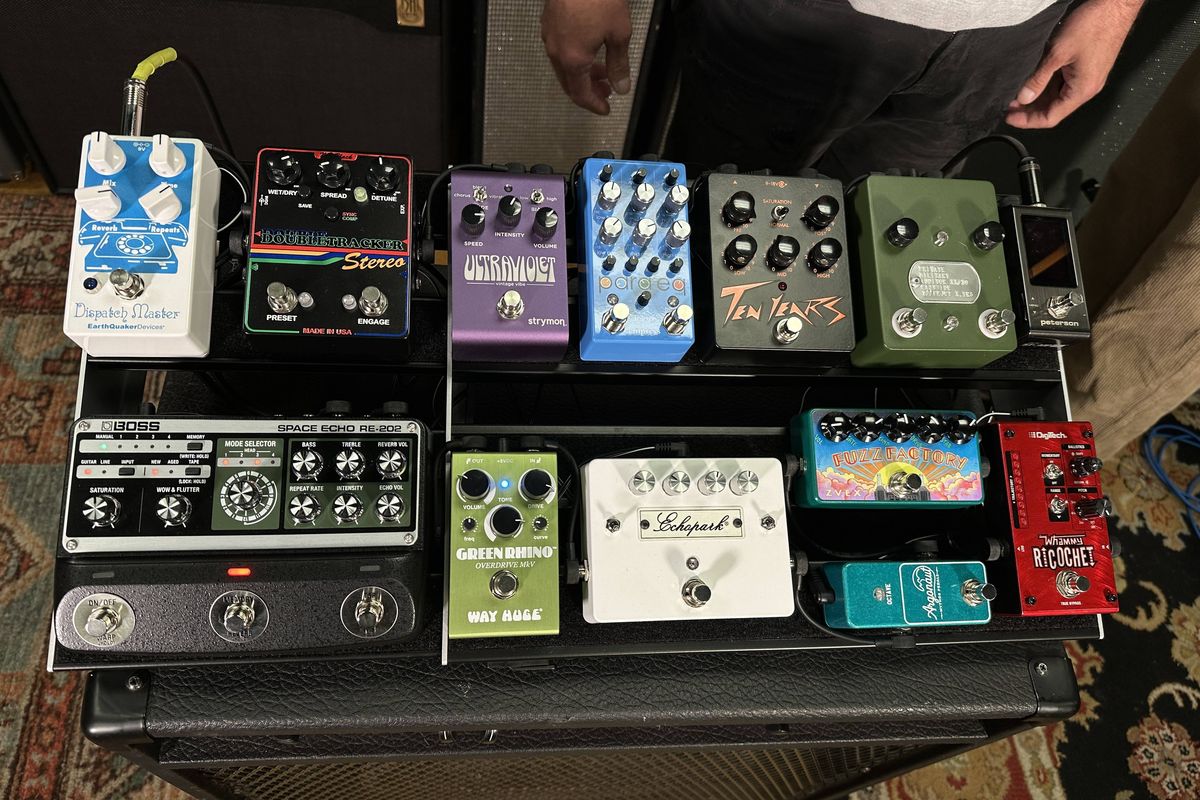
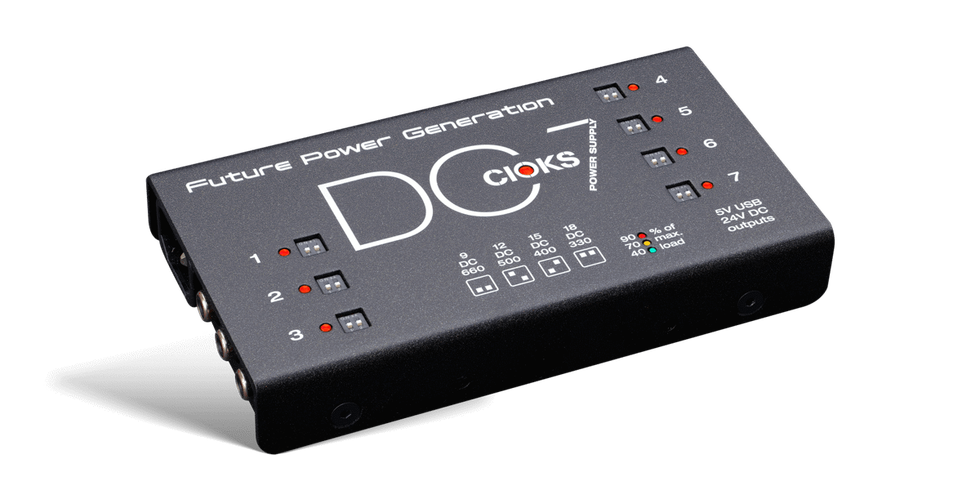

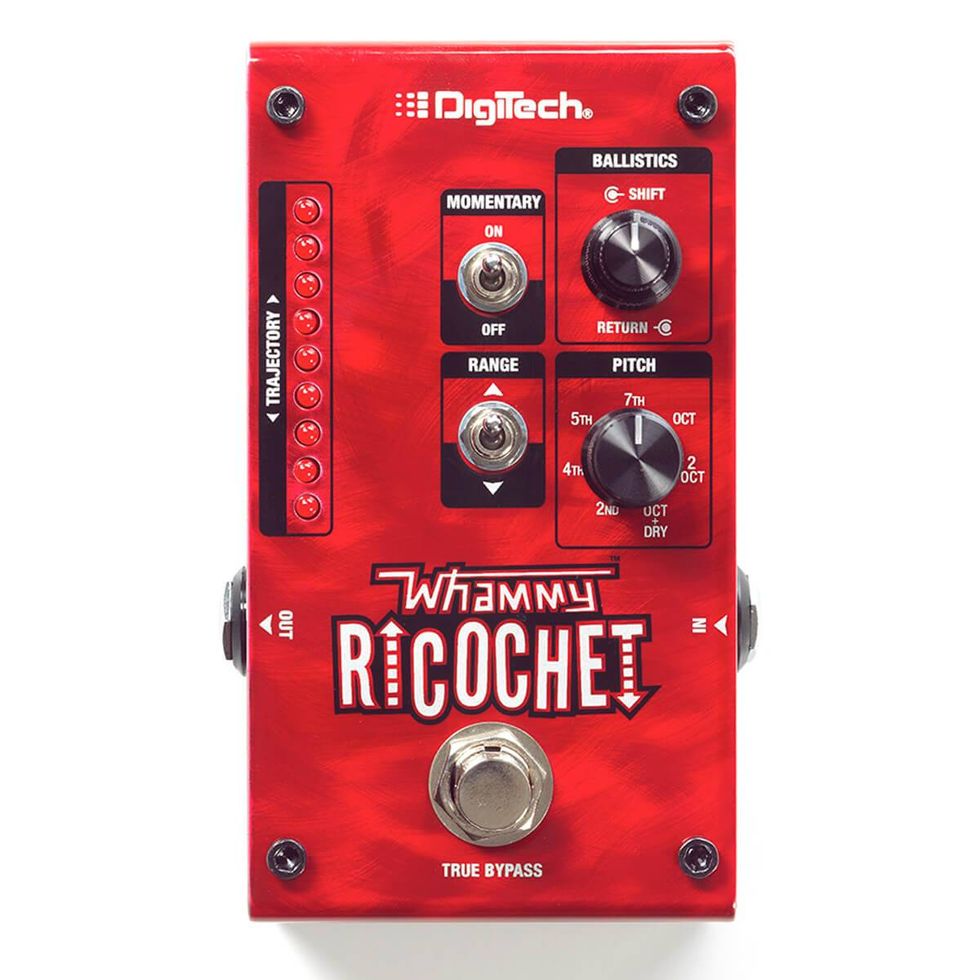
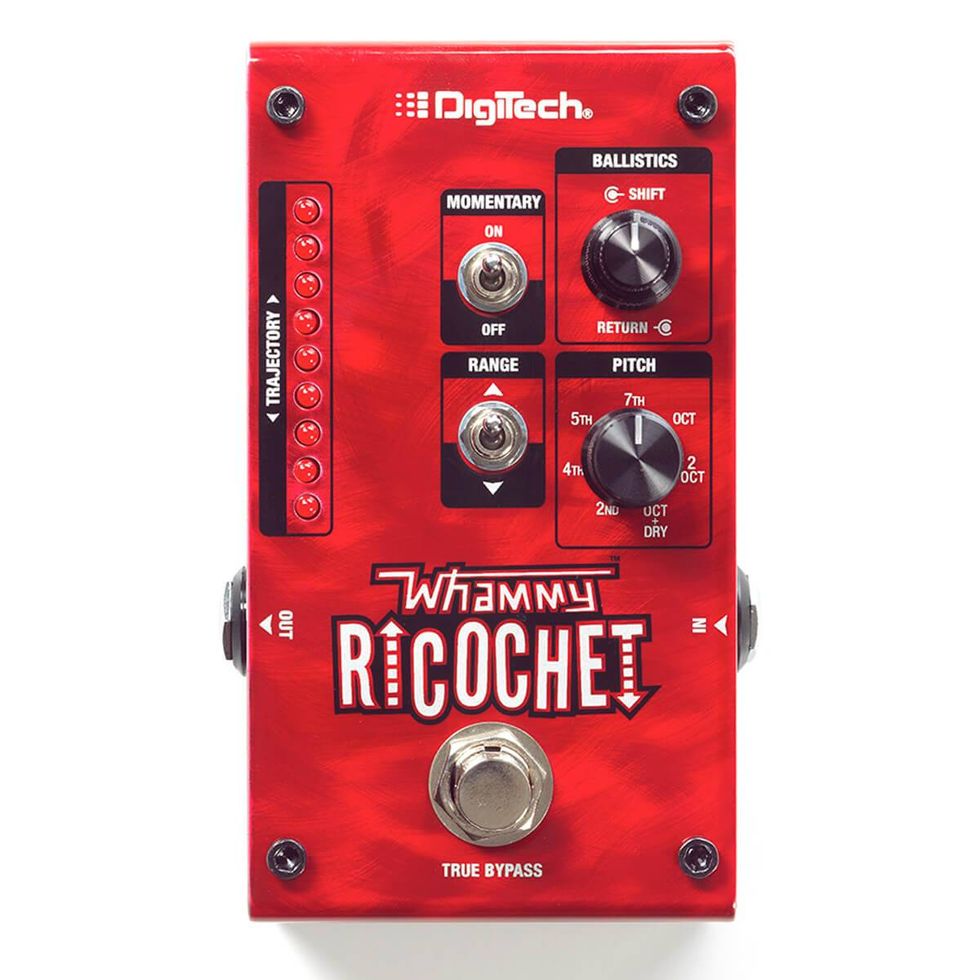
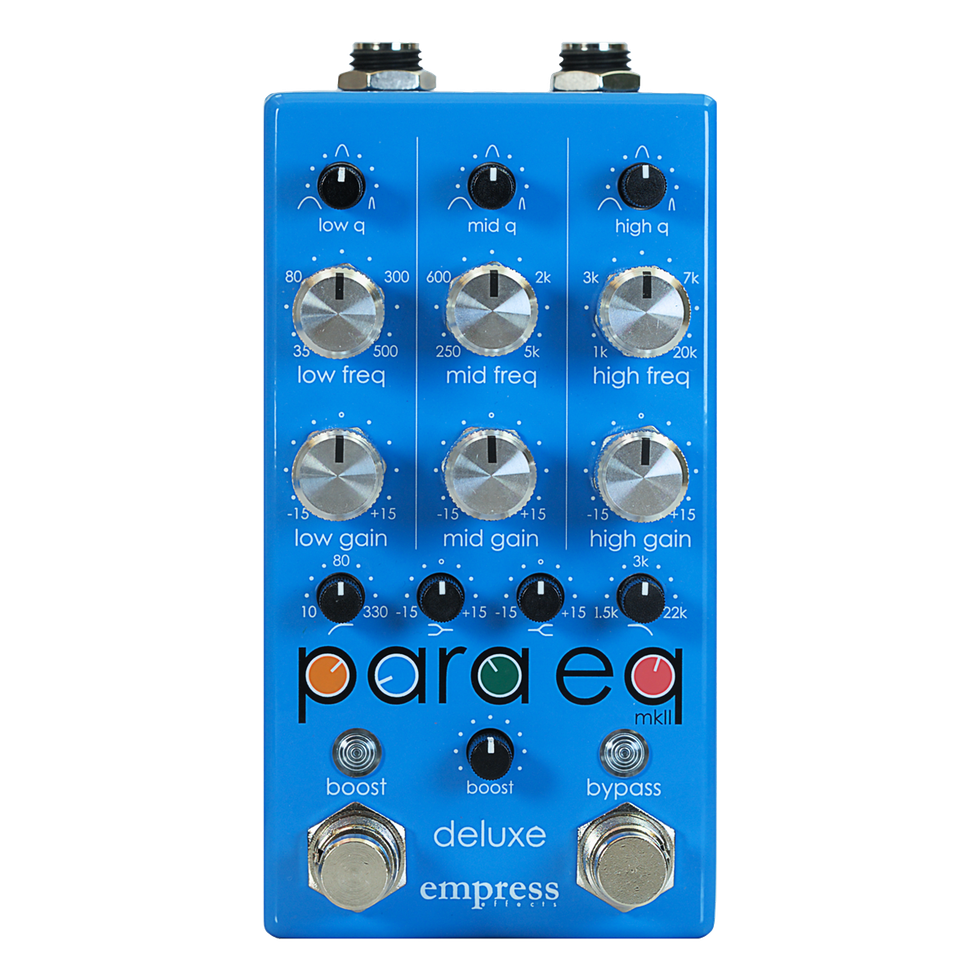
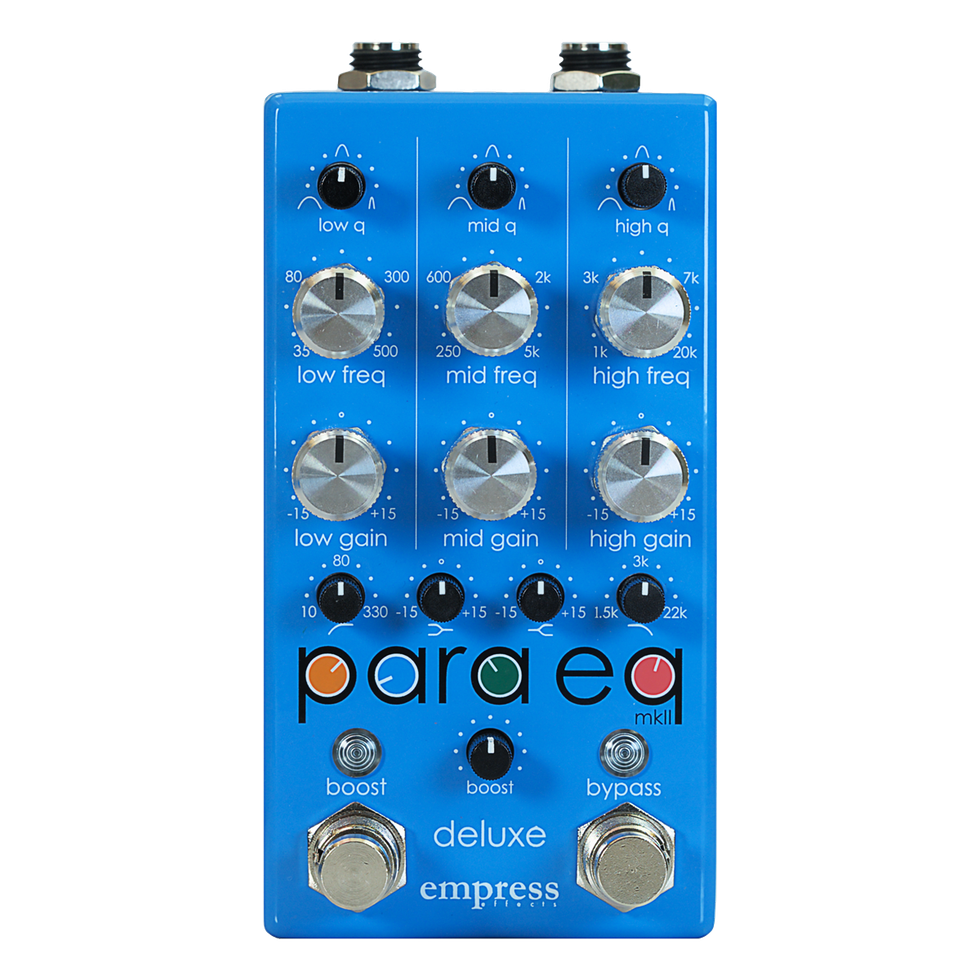
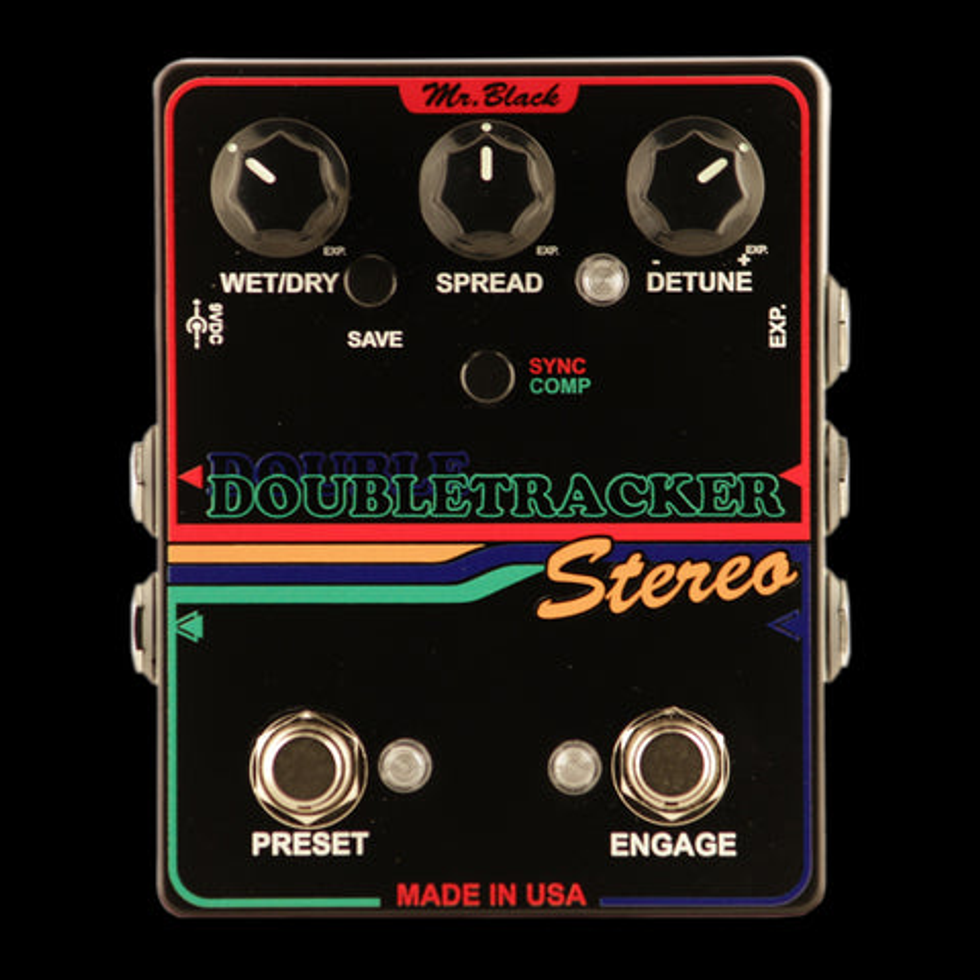
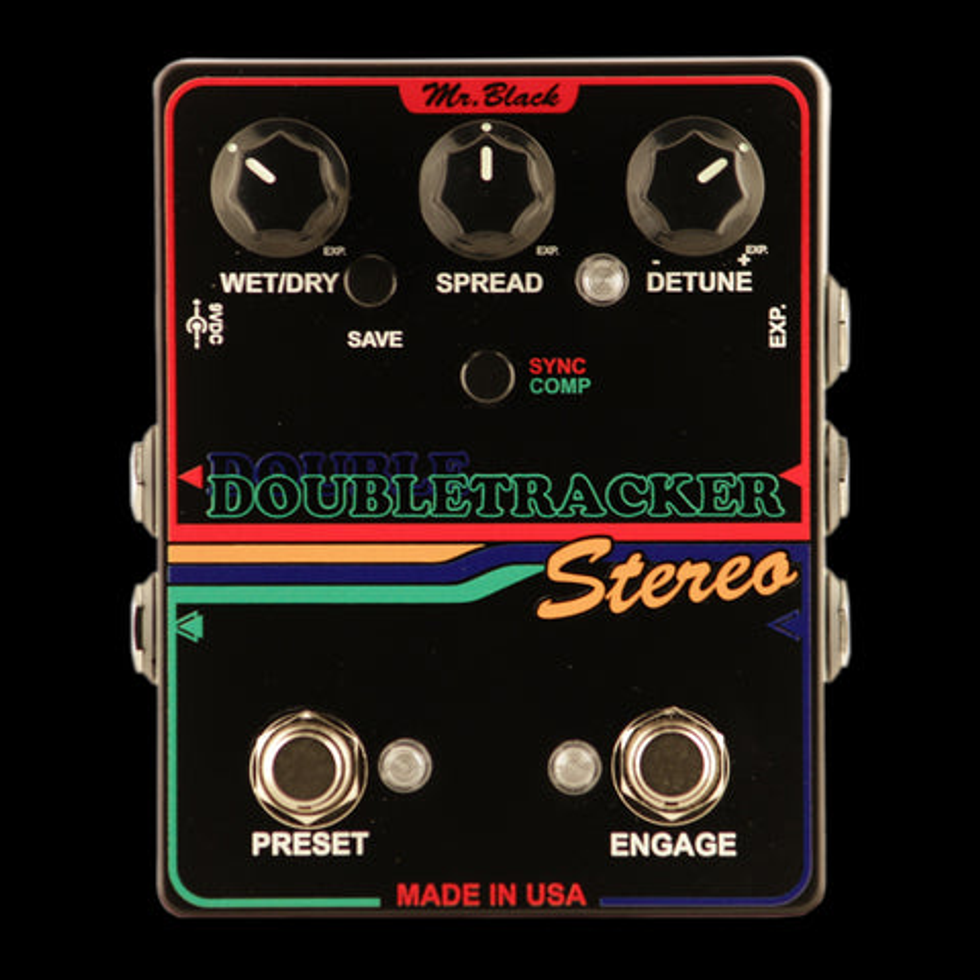
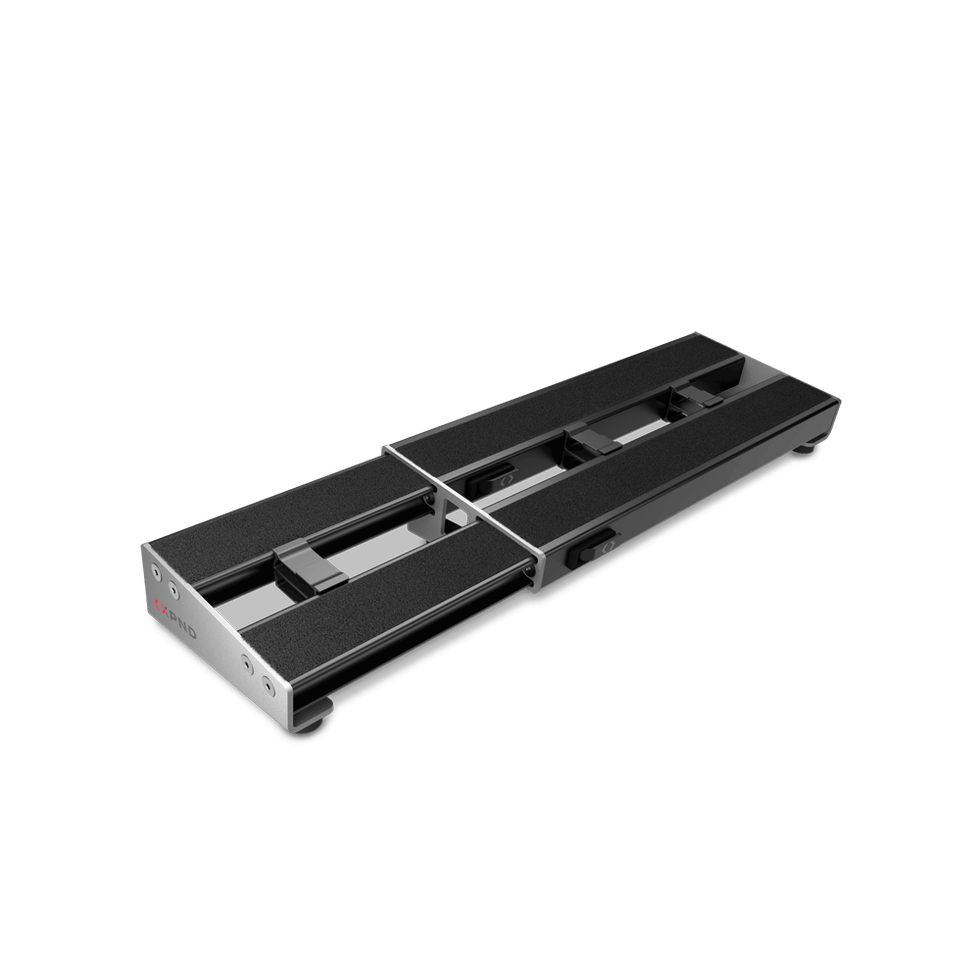
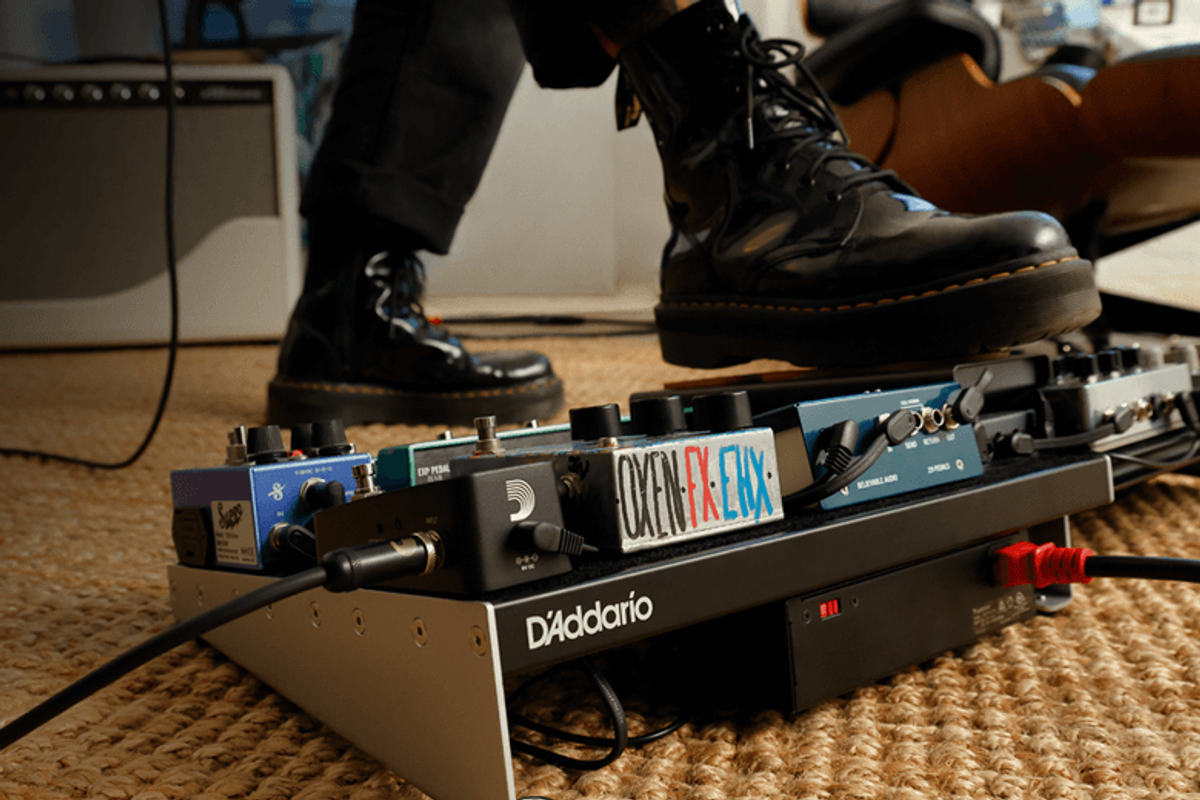
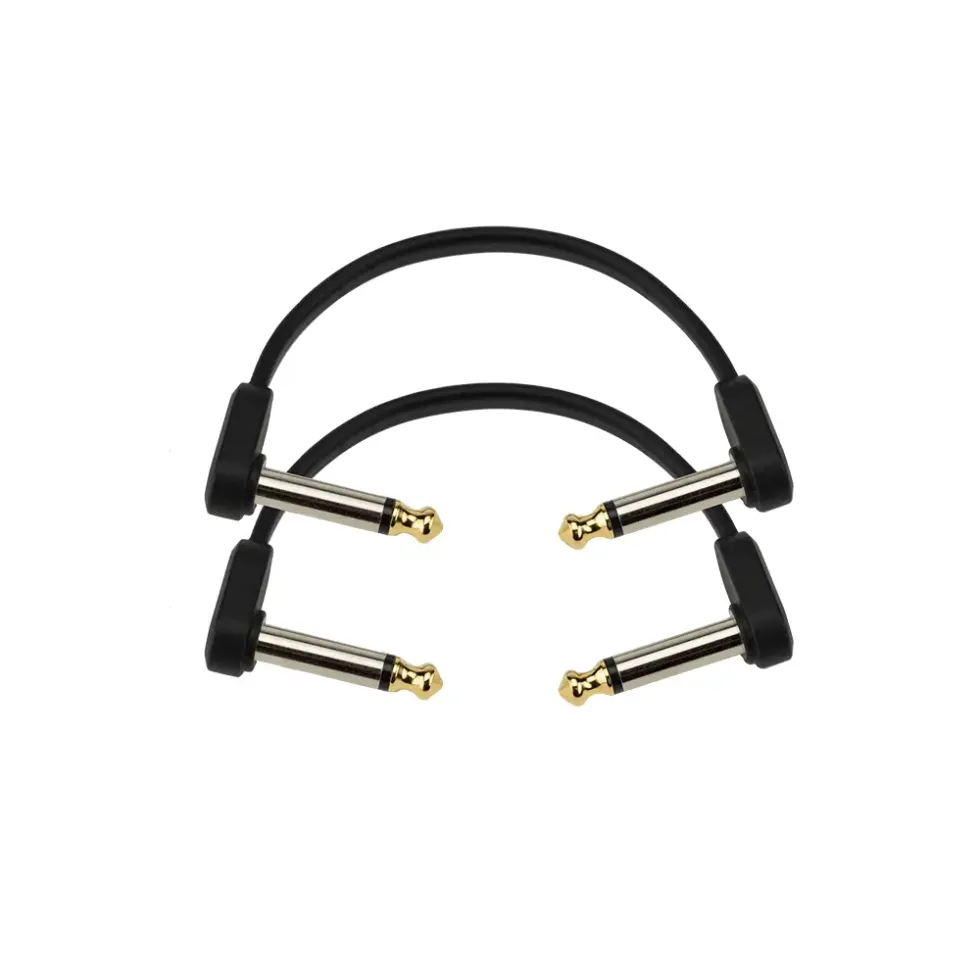
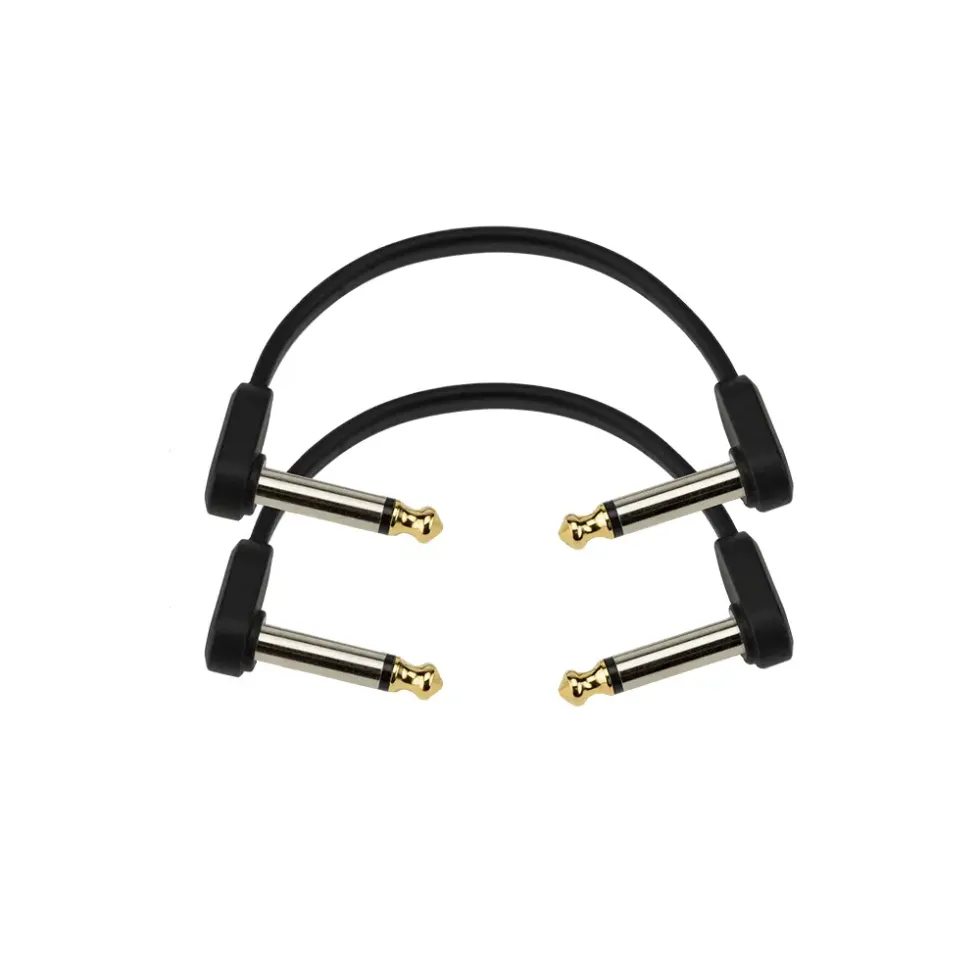
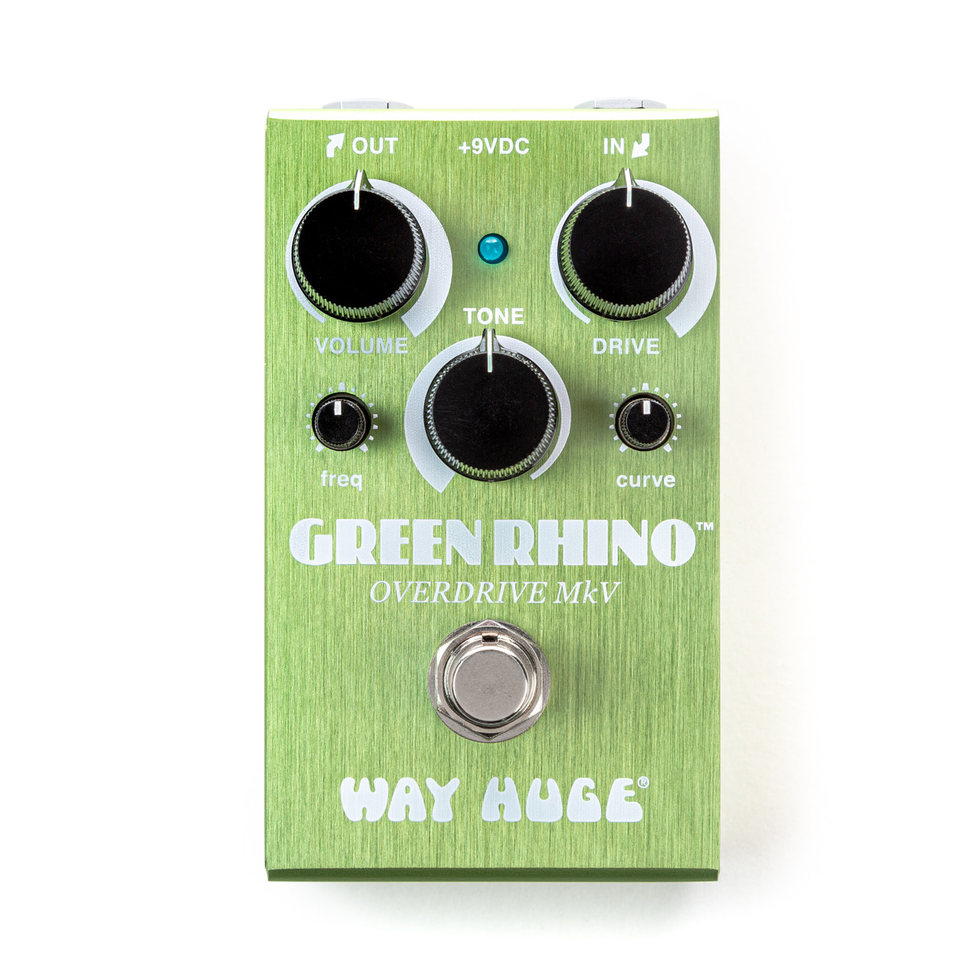
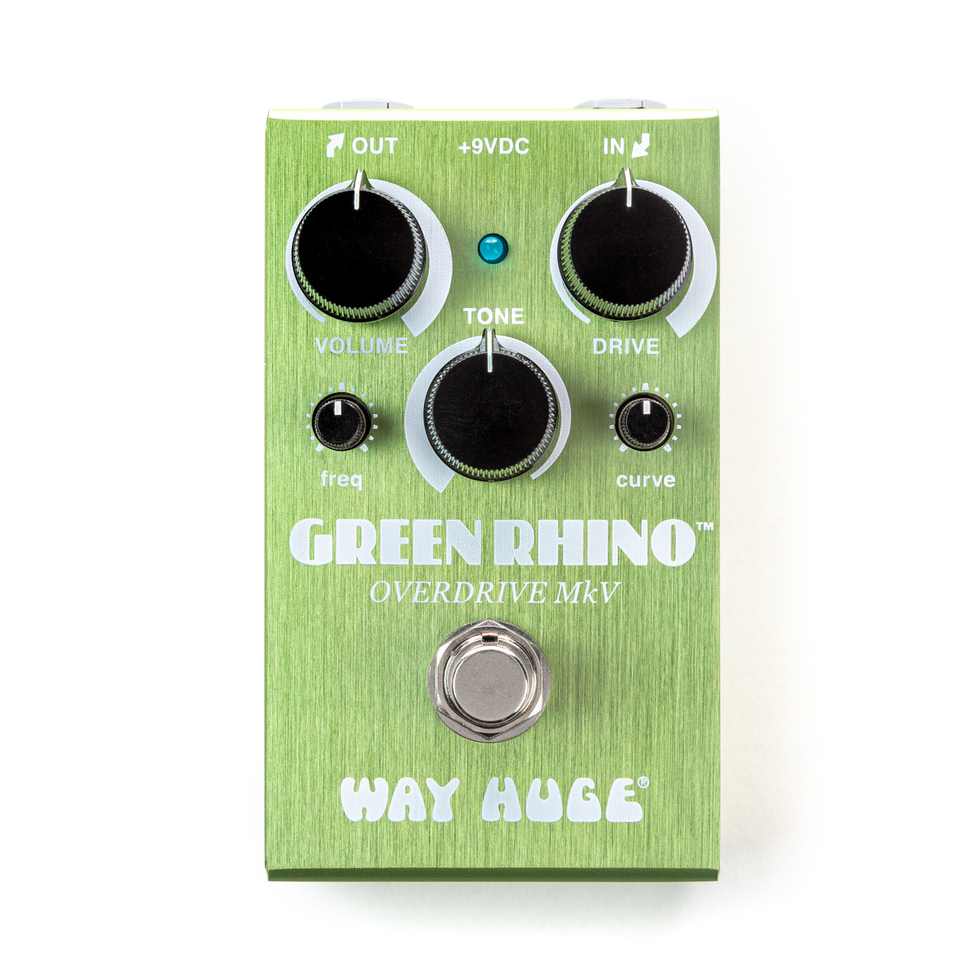
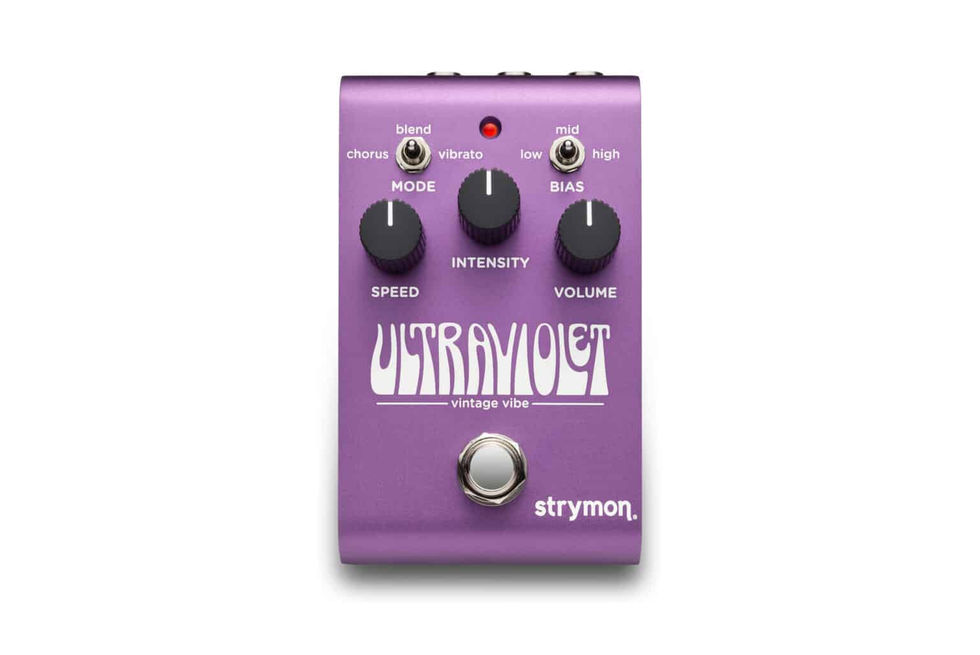
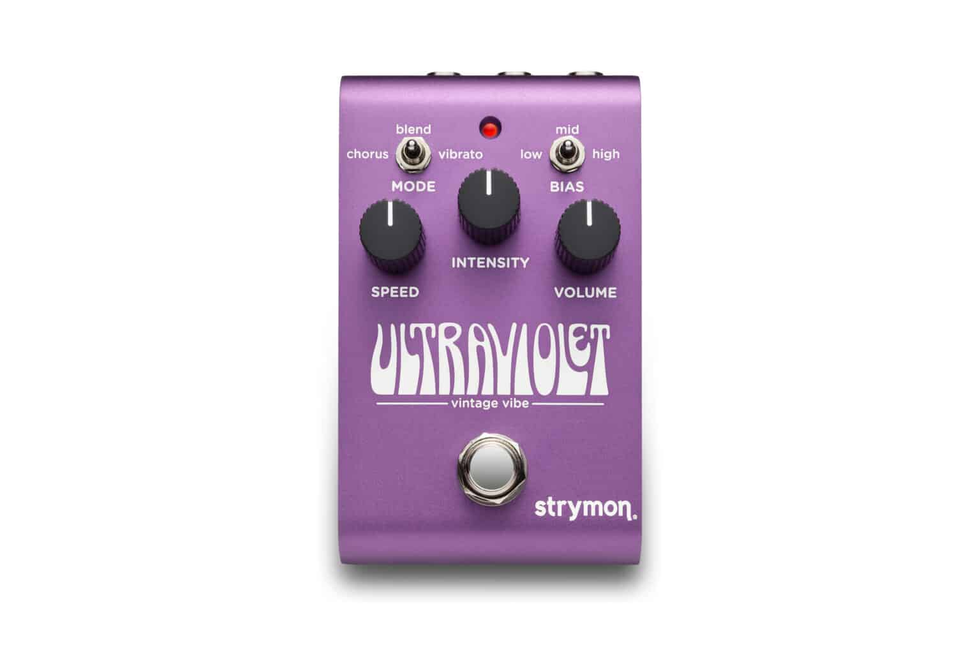
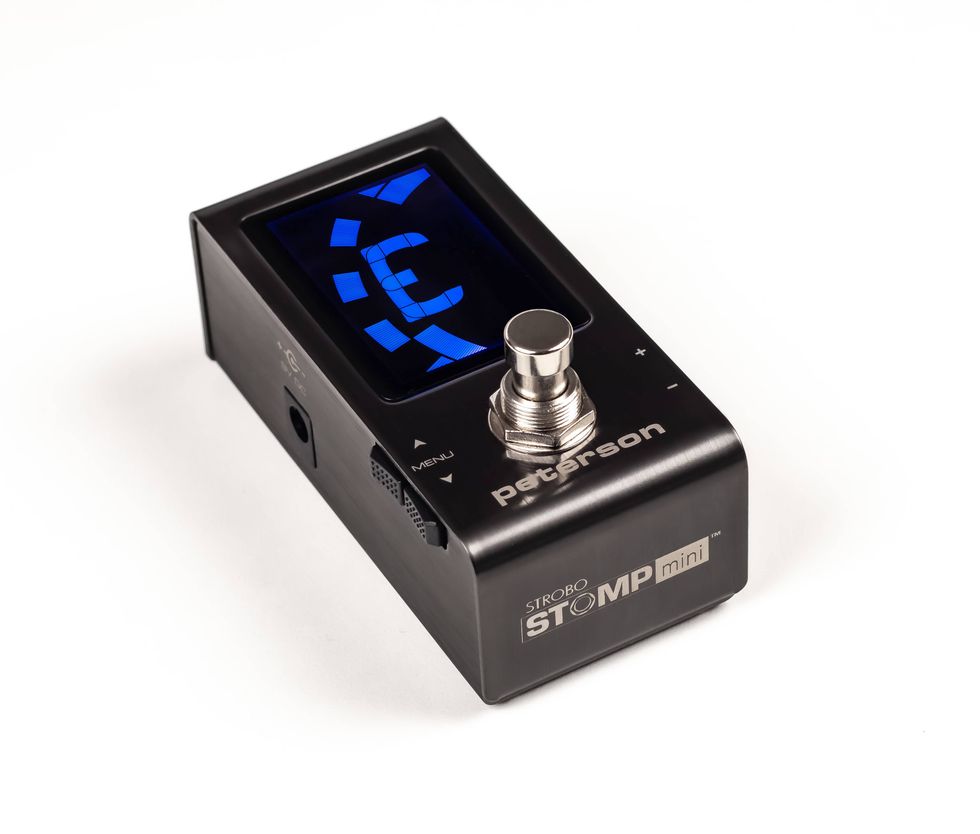
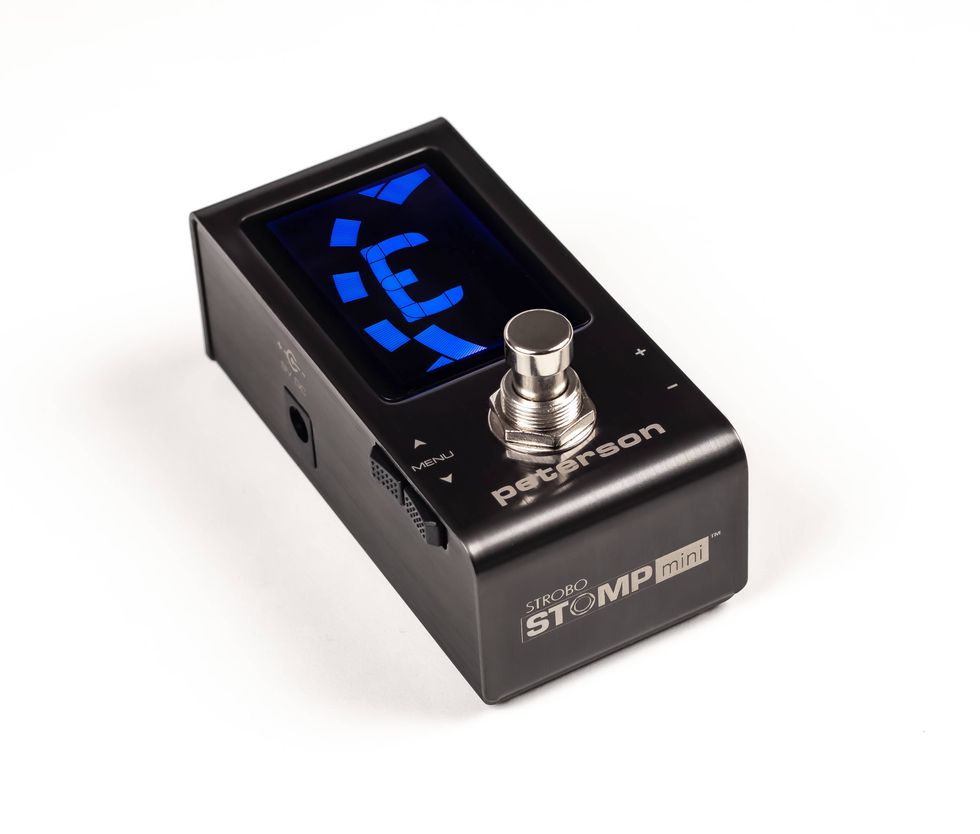
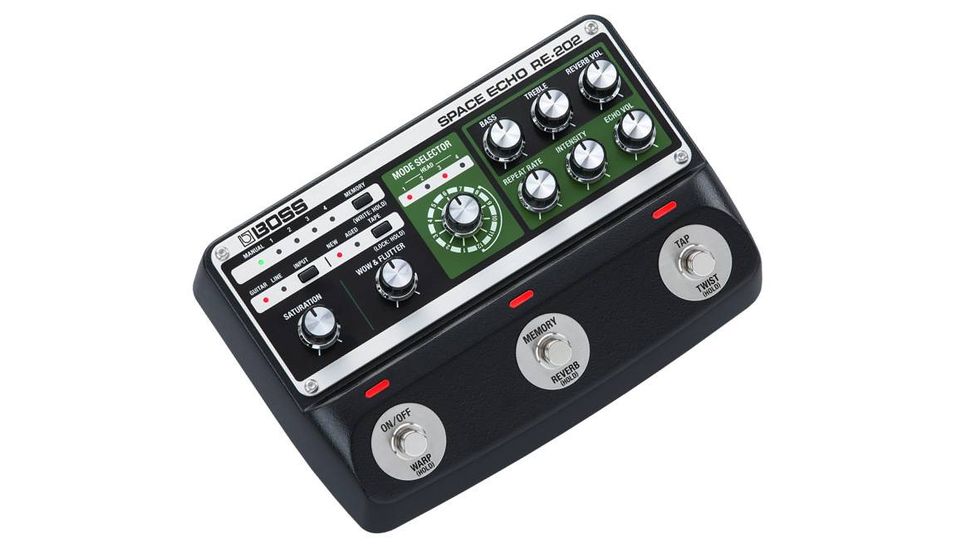
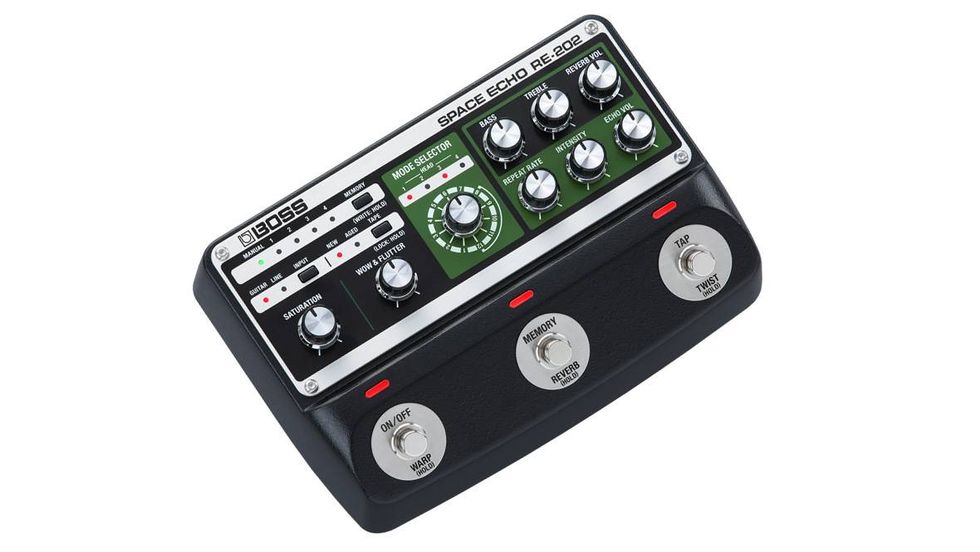
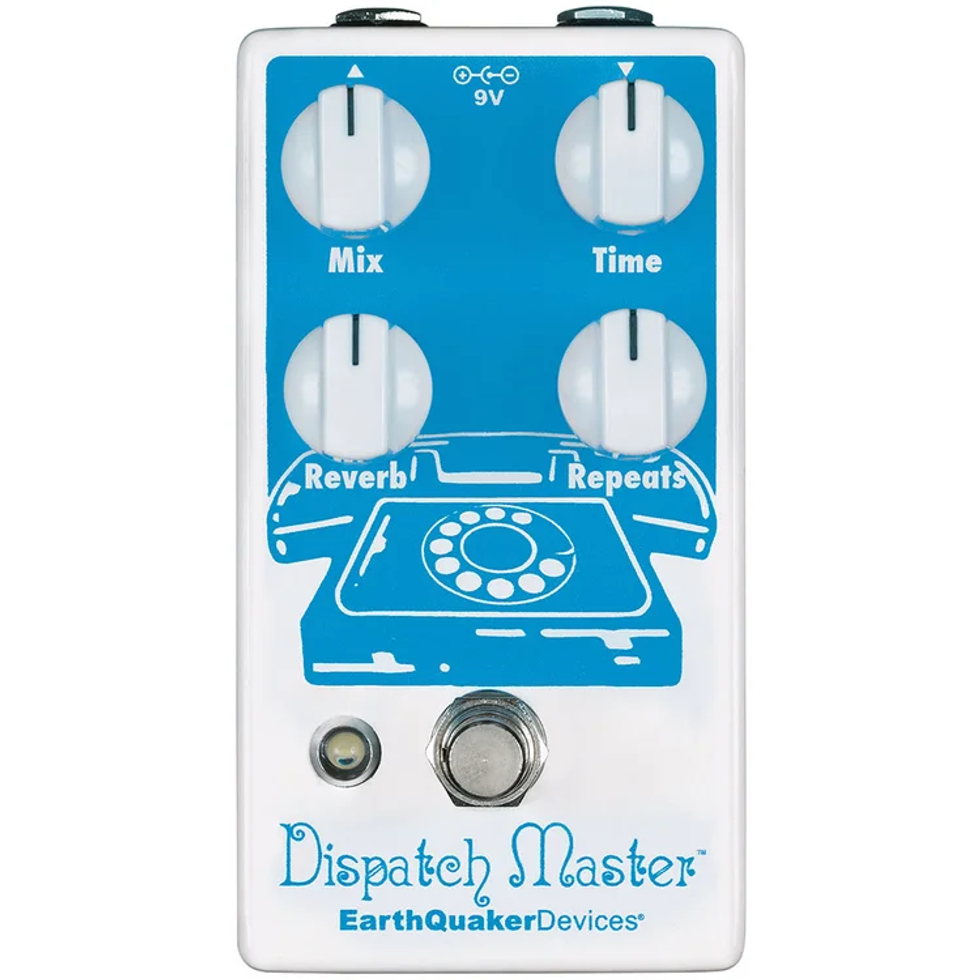
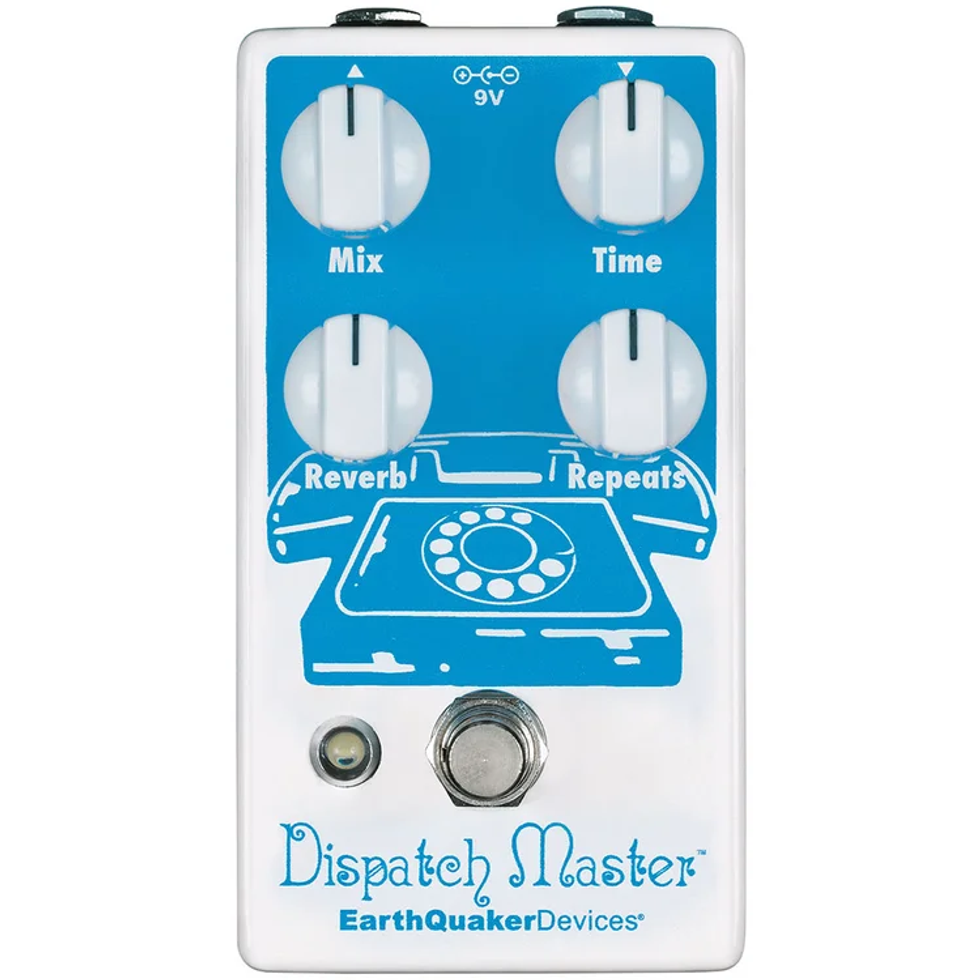
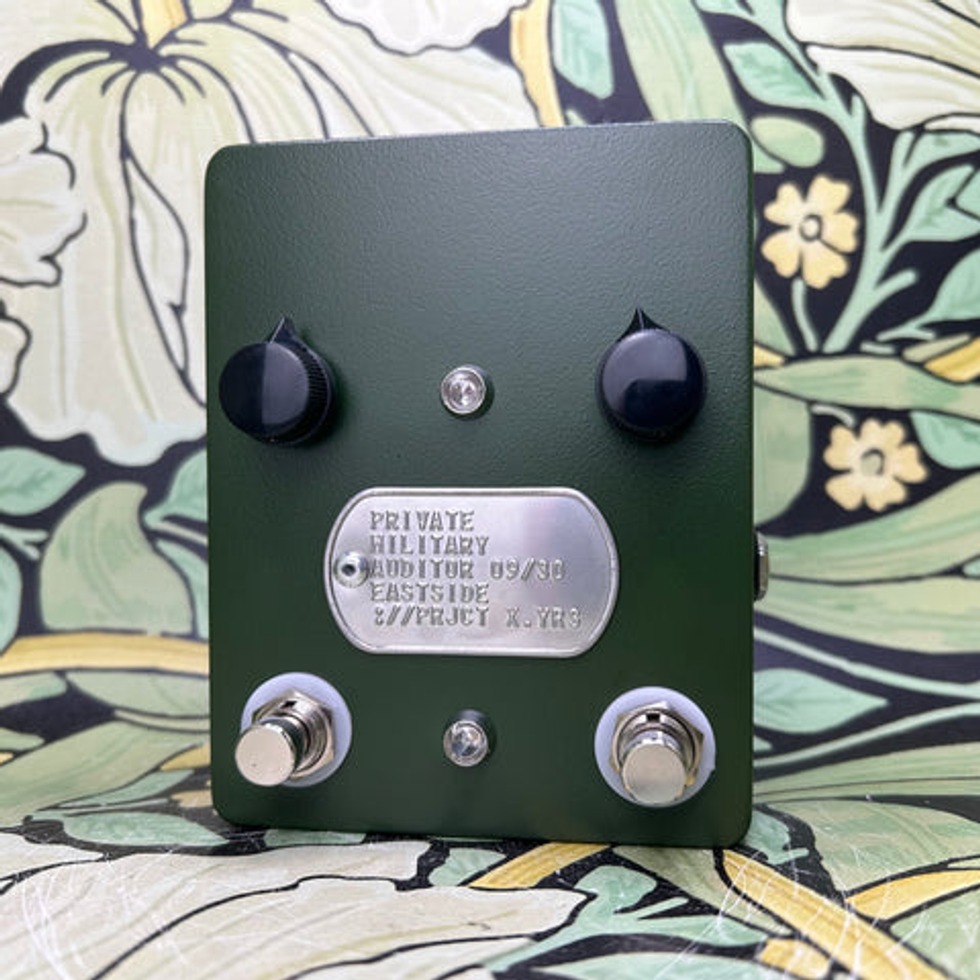
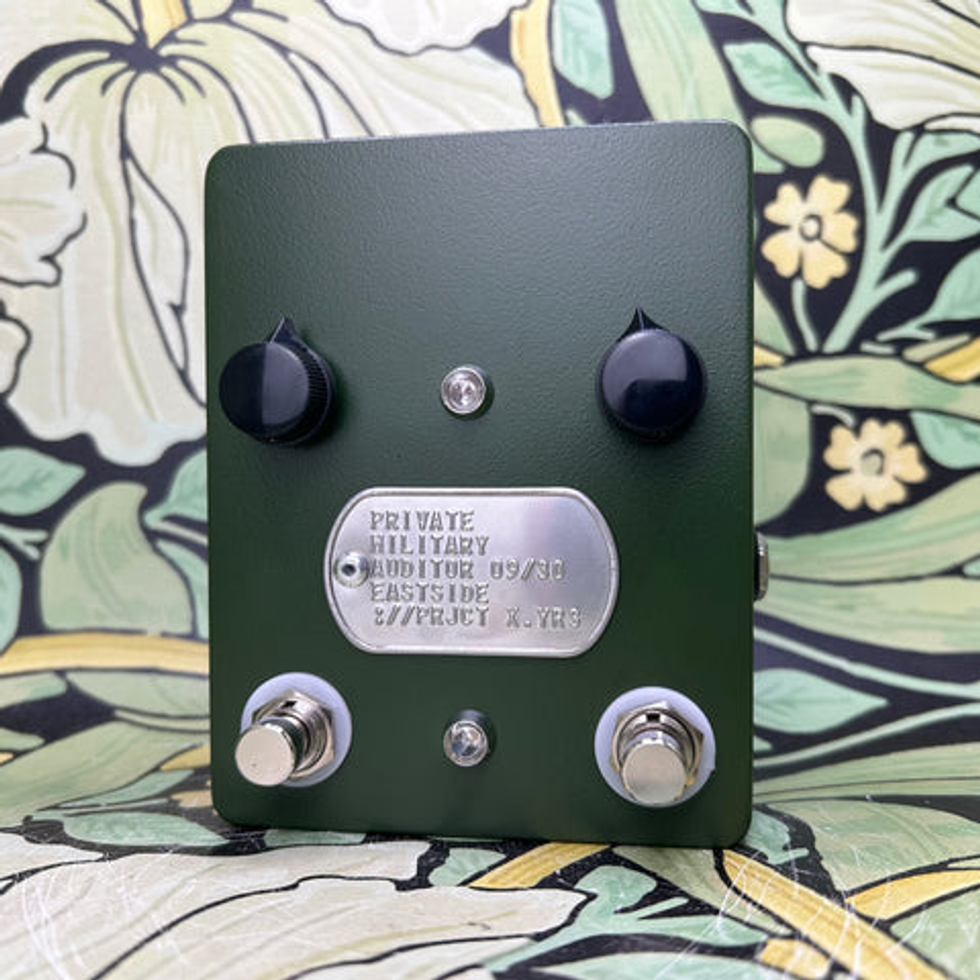
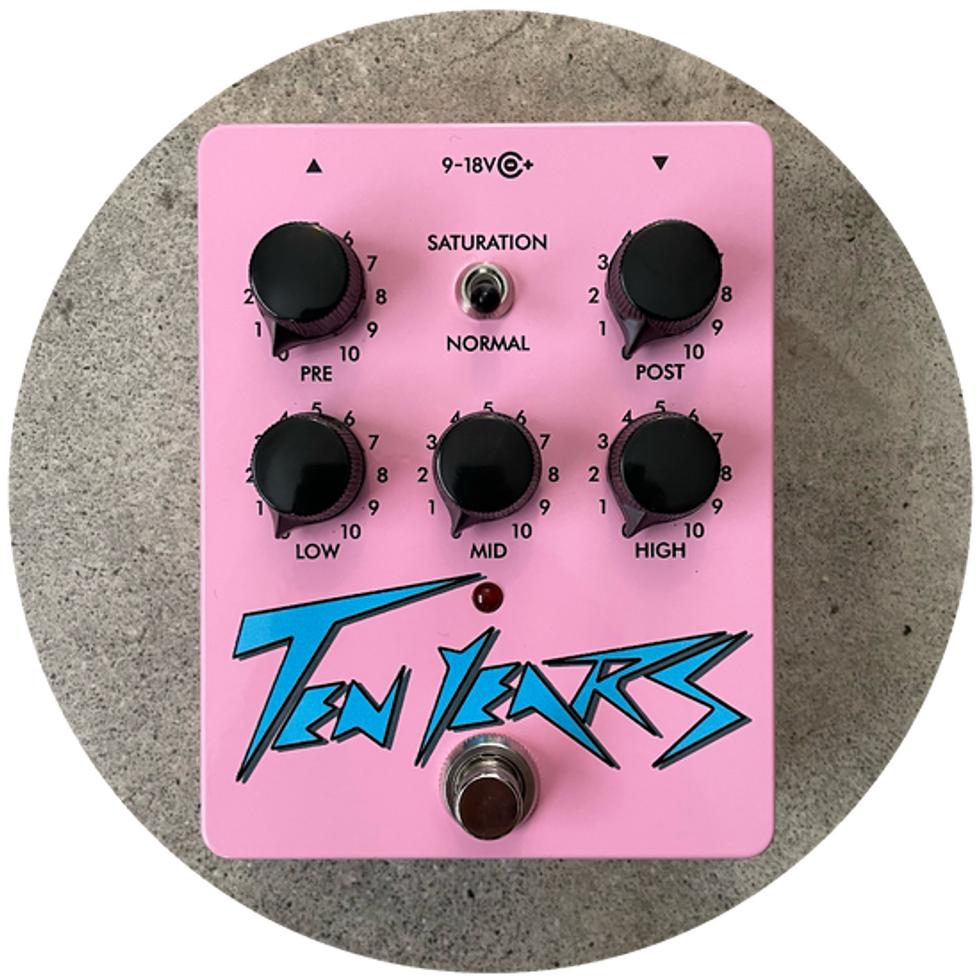
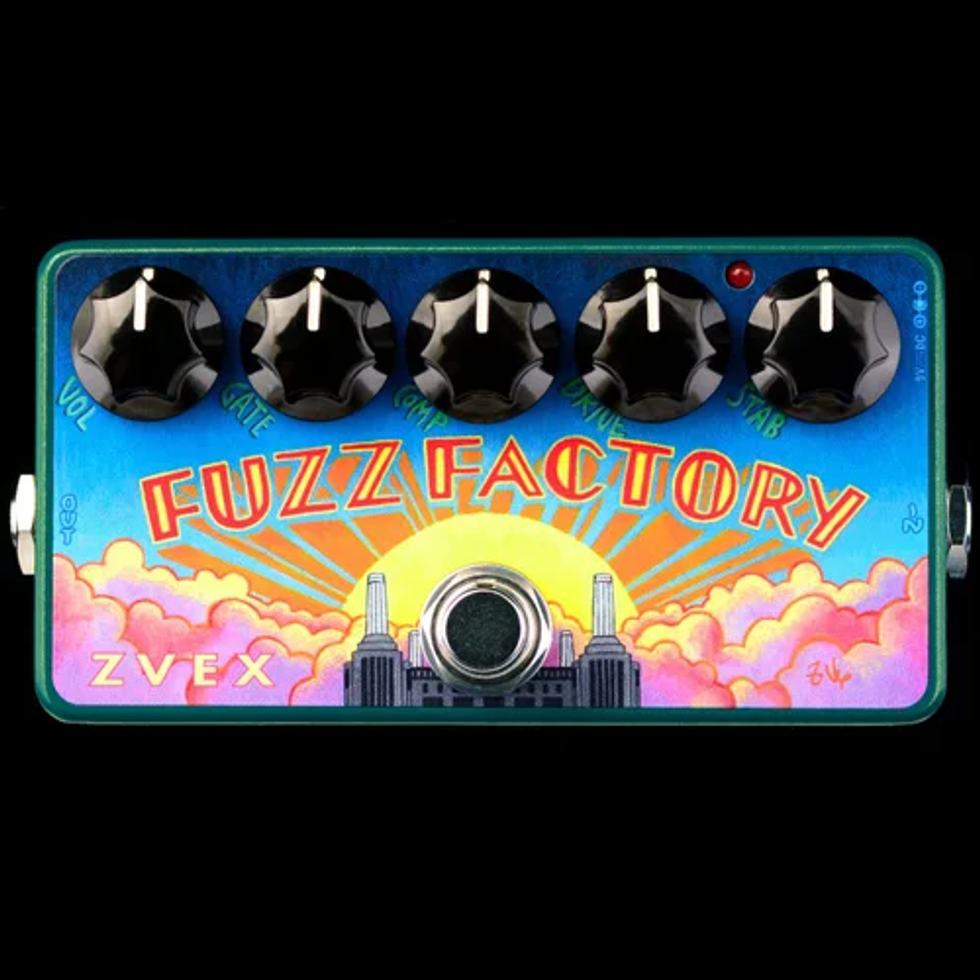
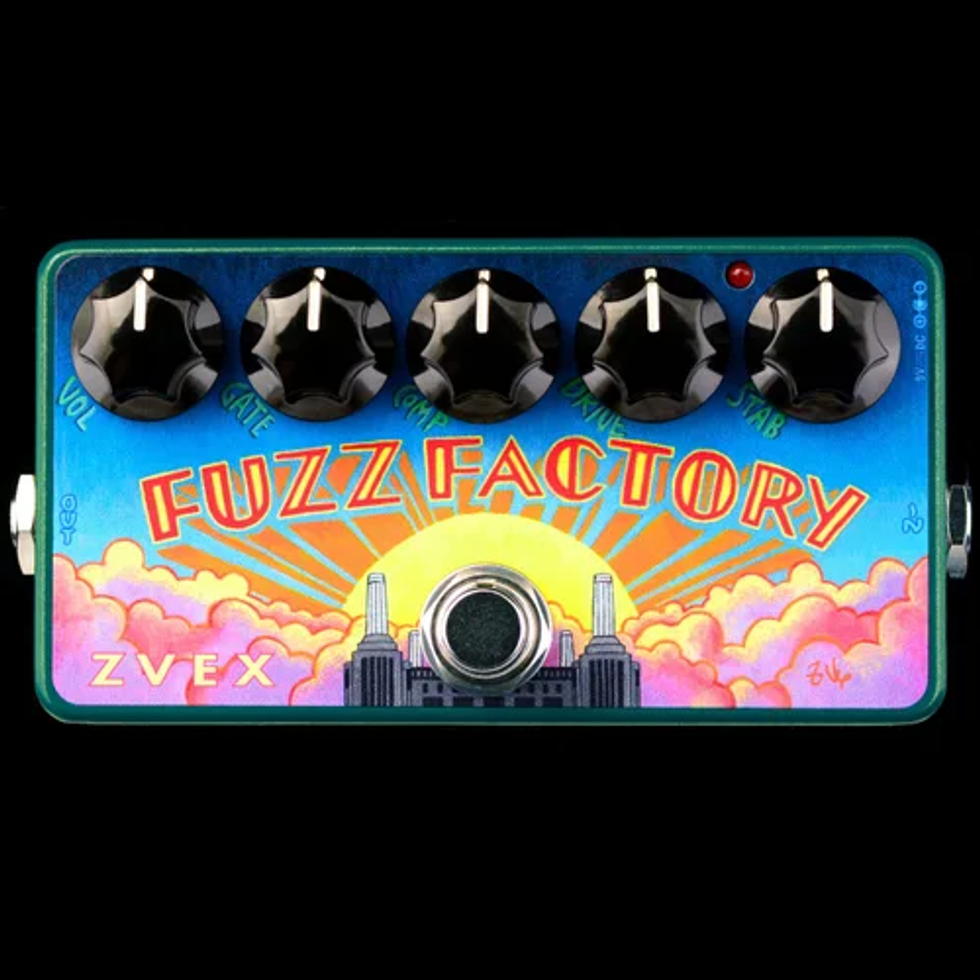
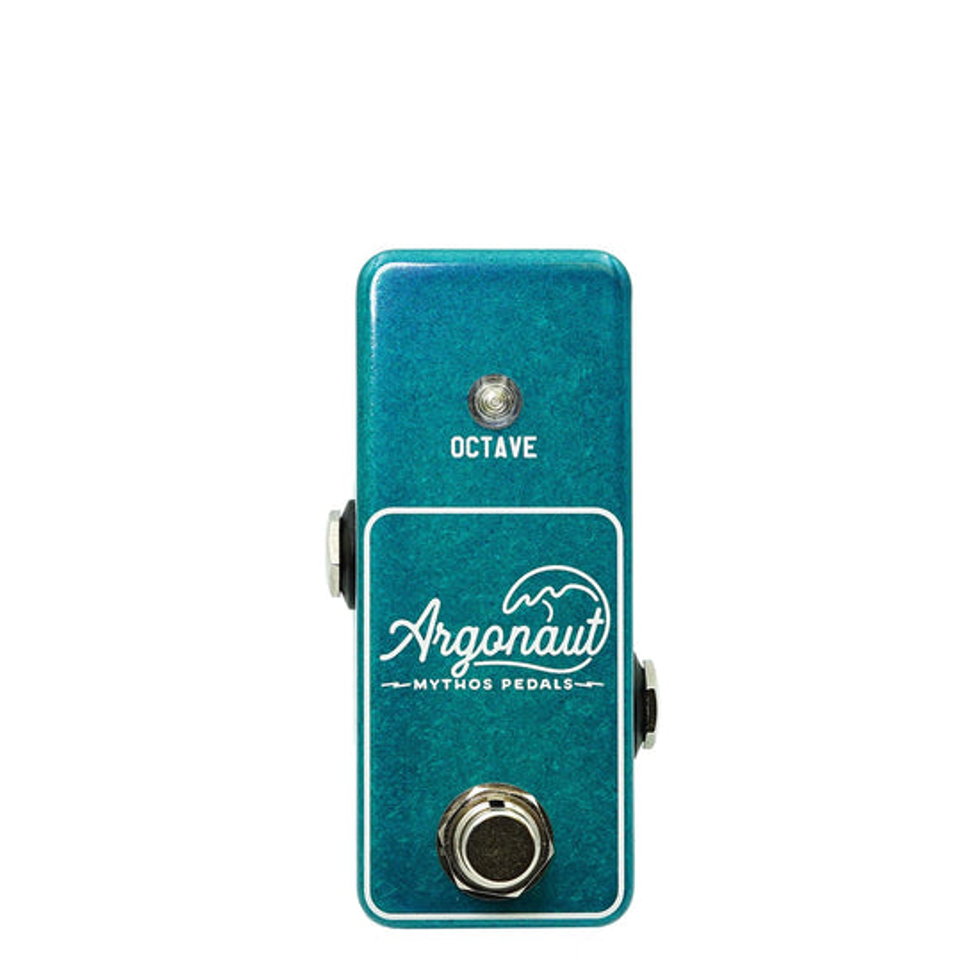
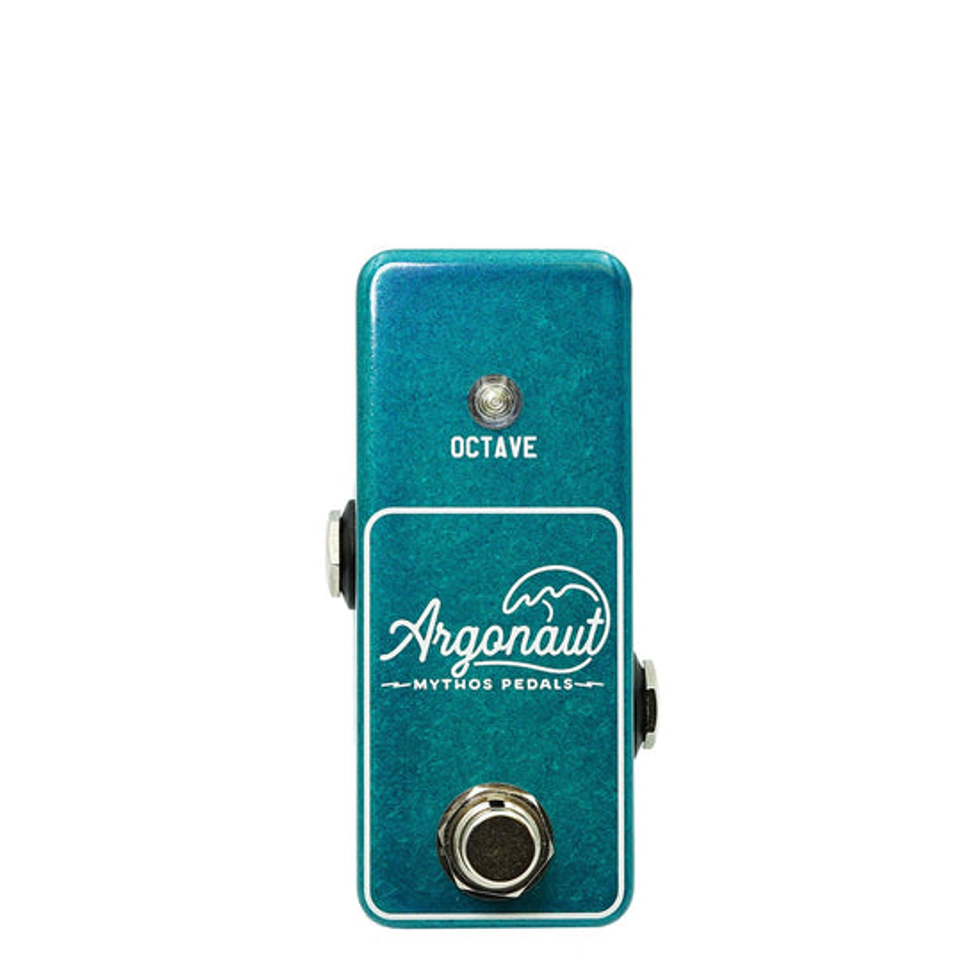

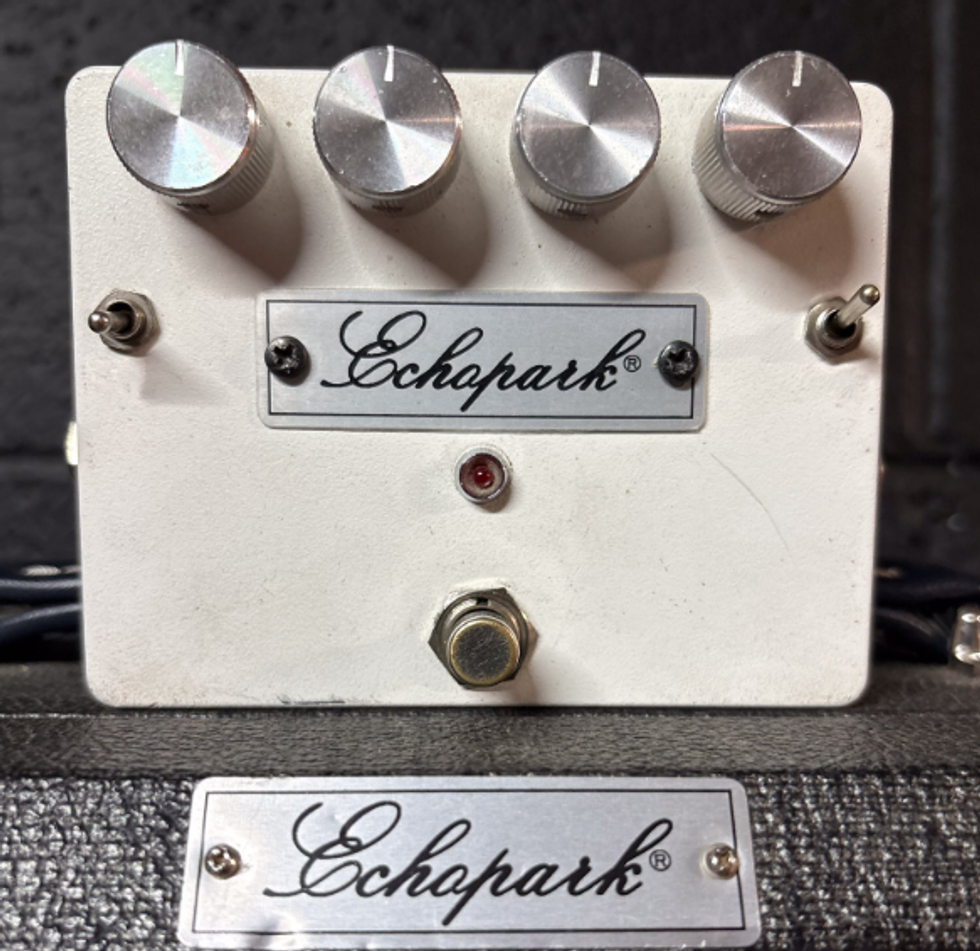



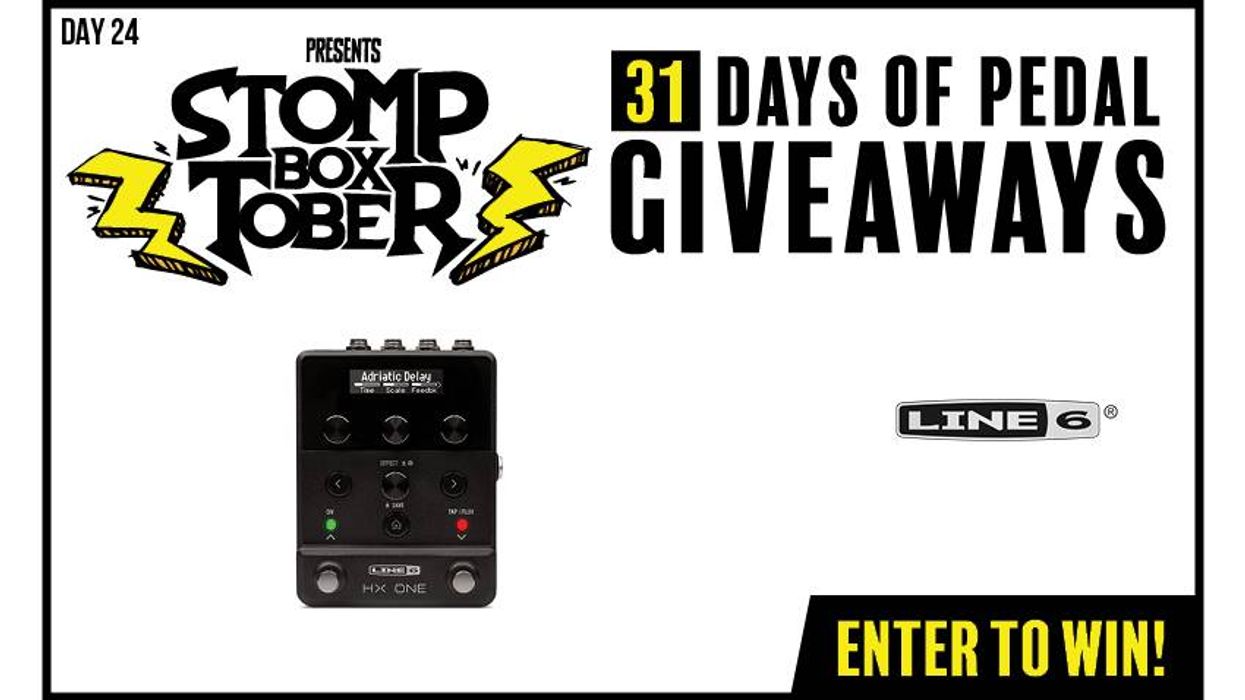
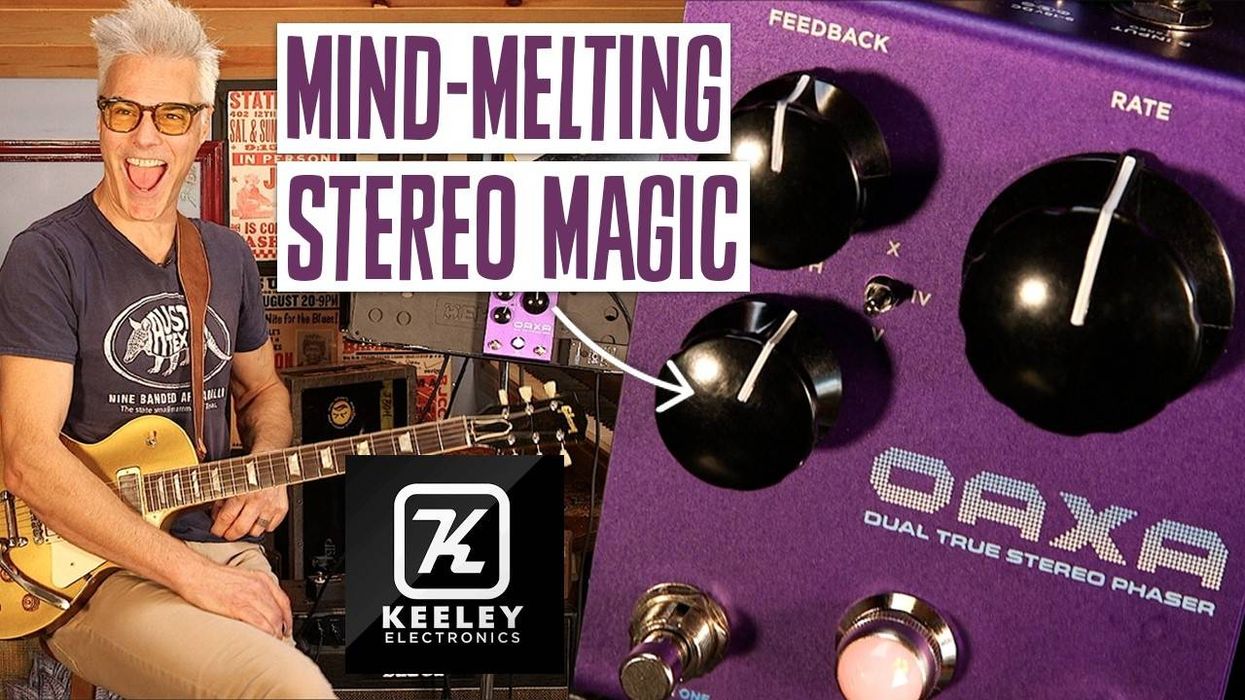









 Zach loves his Sovtek Mig 60 head, which he plays through a cab he built himself at a pipe-organ shop in Denver. Every glue joint is lined with thin leather for maximum air tightness, and it’s stocked with Celestion G12M Greenback speakers.
Zach loves his Sovtek Mig 60 head, which he plays through a cab he built himself at a pipe-organ shop in Denver. Every glue joint is lined with thin leather for maximum air tightness, and it’s stocked with Celestion G12M Greenback speakers.







![Devon Eisenbarger [Katy Perry] Rig Rundown](https://www.premierguitar.com/media-library/youtube.jpg?id=61774583&width=1245&height=700&quality=70&coordinates=0%2C0%2C0%2C0)














